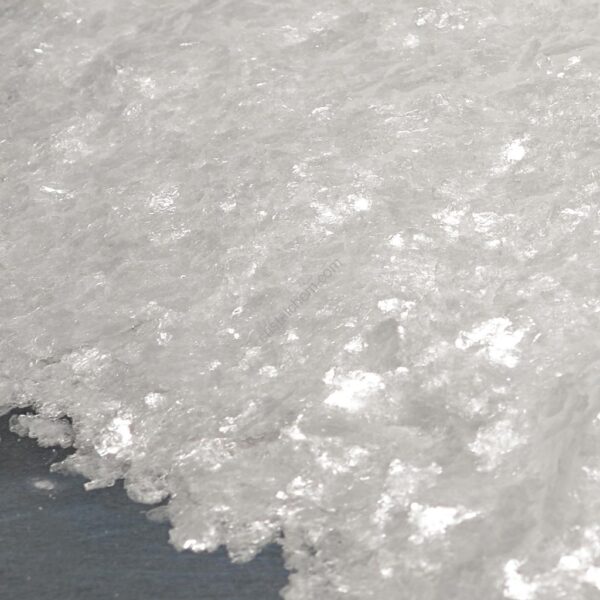Description
Physico-chemical properties Procaine HCL
Formula: C13H20N202
CAS No.: 51-05-8
EC No.: 200-077-2
Molecular weight: 272,77 g/mol
Form: Crystaline Powder
Color : White
Procaine HCL application.
It is used to anesthetize the skin, soft tissues, mucous membranes and joints. It is used in a variety of medical procedures such as blood sampling, venipuncture, mole removal and other dermatological procedures.
In medicine, it is used for local anesthesia during various types of procedures, such as filling teeth, performing biopsies or surgical removal of skin lesions.
Procaine HCL can also be used in analgesic therapy for rheumatic diseases, neuralgia, muscle pain, migraines and other conditions. The analgesic effect is achieved by affecting the conduction of nerve impulses, which contributes to the relief of pain.
Procaine HCL is also used to treat pain-related conditions such as neuralgia, neuropathic pain, musculoskeletal pain, and migraine pain. In addition, this compound is used in veterinary medicine to anesthetize animals.
Procaine HCL also finds use as a chemical reagent in scientific research such as electrophoresis, spectrophotometry and chromatography. It is used to detect certain substances and as an ingredient in chemical preparations.
Effects of using Procaine hcl
The effects of using Procaine HCL can be varied, from a mild feeling to complete anesthesia of the site. The effects of procaine use depend on the dose and method of administration, as well as on the purpose of use. The most commonly used form of procaine is its administration by subcutaneous or local injection. The anesthesia effect usually lasts for several dozen minutes.
Procaine HCL hydrochloride used in medicine
Procaine HCL is a chemical compound that consists of an ester of p-aminobenzoic acid and N,N-diethylaminoethyl. In medicine, it is used in the form of hydrochloride.
Procaine HCL works by blocking the formation of the action potential and the conduction of nerve impulses by inhibiting the flow of sodium ions through voltage-gated sodium channels in the cell membrane of peripheral nerves. Procaine in the form of hydrochloride is used in conduction, spinal and infiltration anesthesia, and sometimes also in a spinal block. It is not used in surface anesthesia due to the lack of absorption through the mucous membranes. In combination with benzylpenicillin, it is used to reduce pain during injections and to extend the duration of the drug’s effect.
WARNING:
– H319 Causes serious eye irritation.
– H335 May cause respiratory irritation.
– H301 Toxic if swallowed.
– H315 Causes skin irritation.
– P301 + P310 IF SWALLOWED: Immediately call a POISON CENTER or doctor/ physician.
– P261 Avoid breathing dust.
– P302 + P352 IF ON SKIN: Wash with plenty of soap and water.
– P280 Wear protective gloves/ protective clothing/ eye protection/ face protection.
– P305 + P351 + P338 IF IN EYES: Rinse cautiously with water for several minutes.
MSDS contains all information regarding the correct and safe use of the product!
STORAGE : Store in dry and cool places in tightly closed packaging, protect against sunlight. KEEP AWAY FROM CHILDREN!





